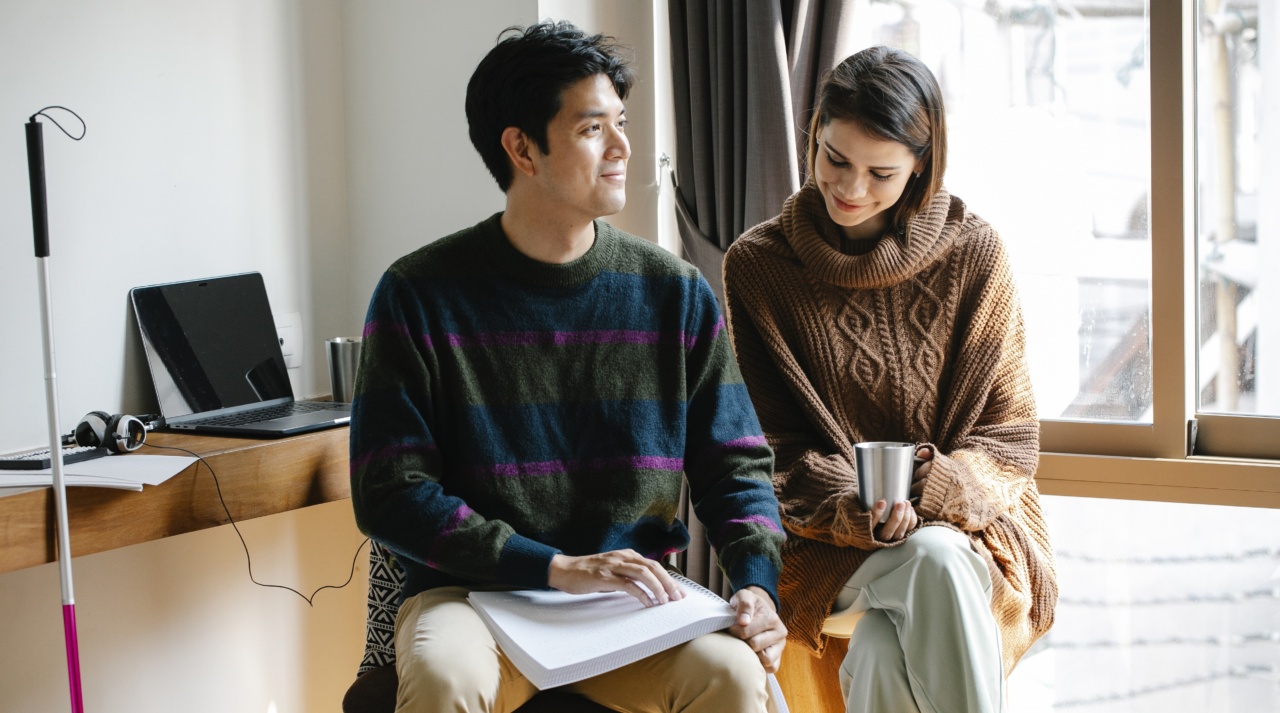Cholecystitis is a condition characterized by inflammation of the gallbladder. This small, pear-shaped organ is located in the upper right side of the abdomen, beneath the liver. Its main function is to store bile, a digestive fluid produced by the liver.
Cholecystitis typically occurs as a result of gallstones blocking one of the gallbladder’s ducts. This blockage leads to irritation, swelling, and infection.
Identifying Cholecystitis Symptoms
Recognizing the symptoms of cholecystitis is crucial for timely medical intervention. While not all individuals with gallstones develop cholecystitis, it is important to be aware of the potential signs and seek medical attention if any symptoms arise.
Here is a visual guide to help you identify the common symptoms associated with cholecystitis:.
1. Abdominal Pain
One of the most prominent symptoms of cholecystitis is severe abdominal pain. The pain is usually localized in the upper right side of the abdomen, where the gallbladder is located.
It may radiate to the back or shoulder and is often described as a sharp, constant ache. The pain can be triggered by meals, particularly those high in fat.
2. Fever
Inflammation and infection in the gallbladder can cause an elevation in body temperature. Fever is a common symptom of cholecystitis.
If you experience unexplained fever along with abdominal pain, it is important to consult a healthcare professional for further evaluation.
3. Nausea and Vomiting
Cholecystitis can lead to digestive system disturbances, including persistent nausea and vomiting. This symptom may be triggered by the body’s response to inflammation and the presence of gallstones.
If you are experiencing recurrent nausea and vomiting, especially following meals, it is advisable to seek medical advice.
4. Jaundice
Jaundice is a yellowing of the skin and eyes and is caused by an excessive buildup of bilirubin. In cases of severe cholecystitis, where the gallbladder becomes obstructed, bilirubin may accumulate and lead to jaundice.
This symptom requires immediate medical attention.
5. Changes in Stool Color
Cholecystitis can affect the way your body processes bile, resulting in changes in the color of your stool. The stools may appear pale or clay-colored due to reduced bile flow.
If you notice persistent changes in stool color, it is important to consult a healthcare professional for further evaluation.
6. Dark Urine
Similarly, cholecystitis can affect the elimination of waste products through urine. Dark urine that resembles the color of tea or cola can be a sign of bilirubin buildup, indicating possible gallbladder dysfunction.
If you experience dark urine and other symptoms mentioned, seek medical advice promptly.
7. Bloating and Gas
Cholecystitis can also lead to bloating and excessive gas. The inflammation and impaired bile flow can disrupt the normal digestive process, causing these discomforting symptoms.
If you experience persistent bloating and excessive gas, it is advisable to consult a healthcare professional for proper diagnosis.
8. Loss of Appetite
Due to the pain and discomfort associated with cholecystitis, individuals may experience a loss of appetite. This is mainly attributed to the body’s response to inflammation and the disruption of normal digestive processes.
If you notice a significant decrease in appetite along with other symptoms, seek medical attention.
9. Indigestion and Heartburn
Cholecystitis can contribute to indigestion and heartburn, especially after consuming fatty meals. The inadequate bile release and impaired digestion can lead to these symptoms.
If you experience frequent or persistent indigestion and heartburn, it is important to consult a healthcare professional.
10. Generalized Fatigue
In severe cases of cholecystitis, systemic symptoms such as fatigue and weakness can be observed. This may be a result of the body’s immune response to inflammation and infection.
If you experience unexplained fatigue and weakness, it is advisable to seek medical evaluation.
Importance of Timely Medical Intervention
Cholecystitis is a serious condition that requires prompt medical attention. If left untreated, it can lead to complications such as gallbladder rupture, jaundice, or sepsis.
Diagnosis and treatment of cholecystitis typically involve a combination of physical examination, medical history review, imaging tests (e.g., ultrasound), and blood tests to assess liver function and infection.
Seek immediate medical attention if you experience any of the symptoms mentioned above. Early diagnosis and intervention can prevent further complications and improve treatment outcomes.




























